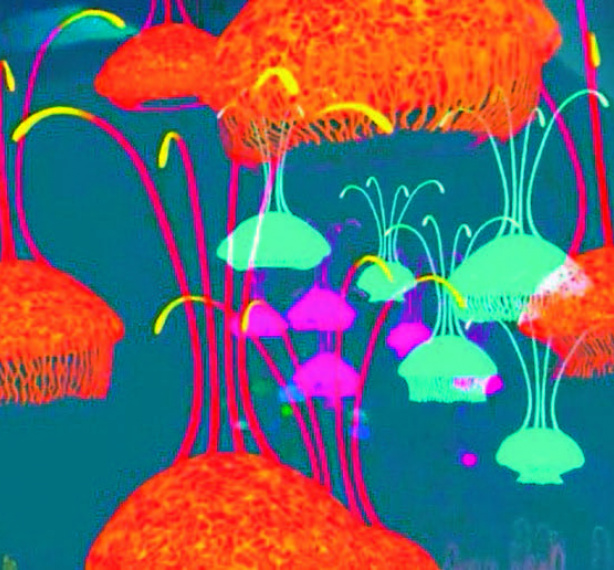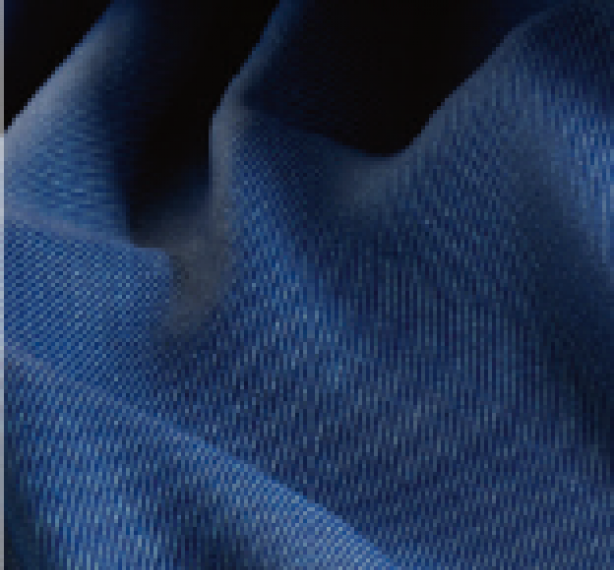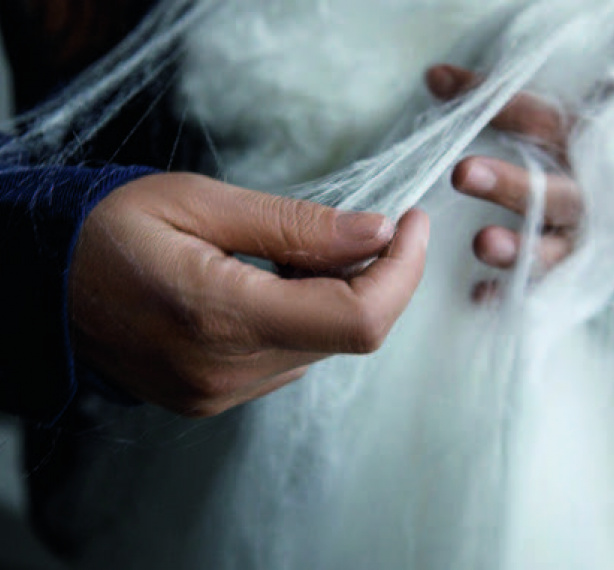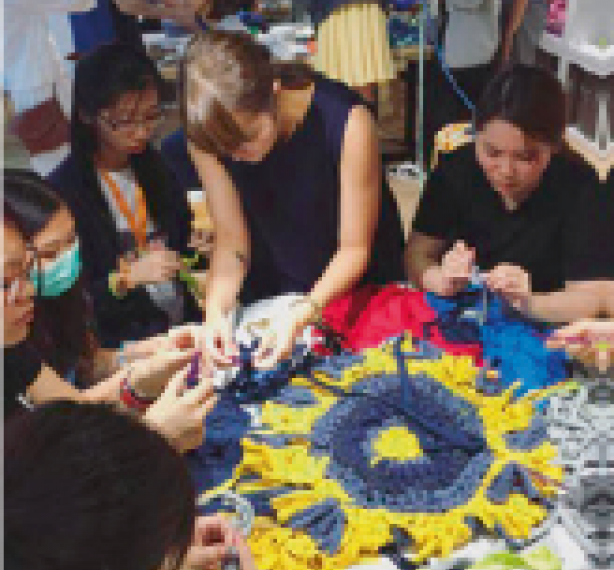Spider-Inspired Eco-Fabric

Spinnova is made with minimal water, no harmful chemicals, produces zero micro-plastics, and is fully up-cyclable—the future of textiles may have just arrived.
It would raise no eyebrows to have a closet made from wood, but what is hanging inside it, well, that has to be a different material, right? The innovative people at Spinnova are set to redefine wood as something you wear. Don't worry, you won't be wearing plywood sheets out on the town, but to expect a lush textile draping over your contours instead.
Finnish company Spinnova has developed a 100% natural wood-based textile made completely from raw wood pulp. The raw material is first refined without harmful chemicals, next spun into a filament, and finally extruded at high pressure through a spinning nozzle to create a strong and natural-feeling textile fibre. The fibre, called Spinnova, is then spun into yarn that has the "stretch and strength of cotton and the insulation of lamb's wool."
Finnish cellulose researcher Juha Salmela first hit upon the idea after attending an academic presentation on spiders in 2009. It proved inspirational. His method combines the fibrous properties of cellulose with a spinning process similar to that of a spider web that is inherently strong and flexible. Juha and his team have created a new type of fibre of excellent quality, one that is not only cost-efficient, but also industry-leading in its environmental sustainability. Spinnova is a material that could well revolutionise the textiles industry.
For now, Spinnova uses wood pulp as its primary raw material. It is the same type of wood pulp used to make paper, and all the trees used in the process are sourced from certified sustainable forestry operations. Importantly though, Spinnova's fibre can be made from any kind of cellulose, and they are currently trialing fibre created from waste biomass, and a wide variety of raw materials, including agricultural by-product such as straw, and other waste material including textile waste.
The company was founded with the goal of becoming the world's most popular sustainable material, and creating a product that actually saves more CO2 than it produces means they are well on track to achieving their goal. To further reduce the environmental problems found in traditional textile production, they are researching the possibilities of using post-consumer cotton as a raw material, giving a completely new life to the mountains of discarded clothes generated by the fast fashion industry. Replacing cotton is a critical issue for the textile industry, as it uses an enormous amount of water and polluting chemicals in the production process.
Spinnova is a standout alternative to cotton. The contrast is stark, it consumes only a tiny fraction of the amount of water in production, uses no harmful chemicals, and is able to be reprocessed several times without any loss of quality. When compared to cotton, there is an enormous difference in the CO2 emissions required to manufacture the material, presenting not only an environmental gain, but also a significant cost saving for an industry that operates on tight margins.
Spinnova is actively collaborating with major brands to promote industry acceptance for their material. Interest has been strong, quickly attracting an impressive number of major brands including H&M, Adidas, and Marimekko, companies that are increasingly conscious of the environmental costs of cotton and are actively searching for an environmentally sustainable alternative.
In cooperation with partner companies, Spinnova aims to produce one million tons of material by 2031. Confident of the scalability of their production process, the company is preparing for a rapid spike in demand as consumers want to buy evermore sustainable products. With proven technology, a successful IPO, and fashion brands lining up to be involved, the company is well positioned to be one of the strongest alternative materials in the rapidly expanding market for sustainable textiles.
Others

Latest News | 1 January 2023
Mario Cucinella on Green Architecture

Latest News | 1 January 2023
The Future of Urbanism

Latest News | 1 January 2023
VR for Pain Management

Latest News | 1 January 2023
Beyond Design

Latest News | 1 January 2023
A Feel for the Future of Bioengineering

Latest News | 1 January 2023
Sampling the Future of Fashion

Latest News | 1 January 2023
A Step Beyond Wrapping Products

Latest News | 1 January 2023
Fungi Stakes a Claim in the Luxury Market

Latest News | 1 January 2023
Rethinking the Everyday: Material Non Material

Latest News | 1 January 2023
Why Digital Materials are Critical to the Future of Fashion

Latest News | 1 January 2023
The True Metaverse will be Decentralized

Latest News | 1 January 2023
Game Changer Artificial Intelligence, from Automation to of Digital Systems

Latest News | 1 January 2023
Sustainability in Education

Latest News | 1 January 2023
The Tree Project Vision
Latest News | 1 January 2023
test
